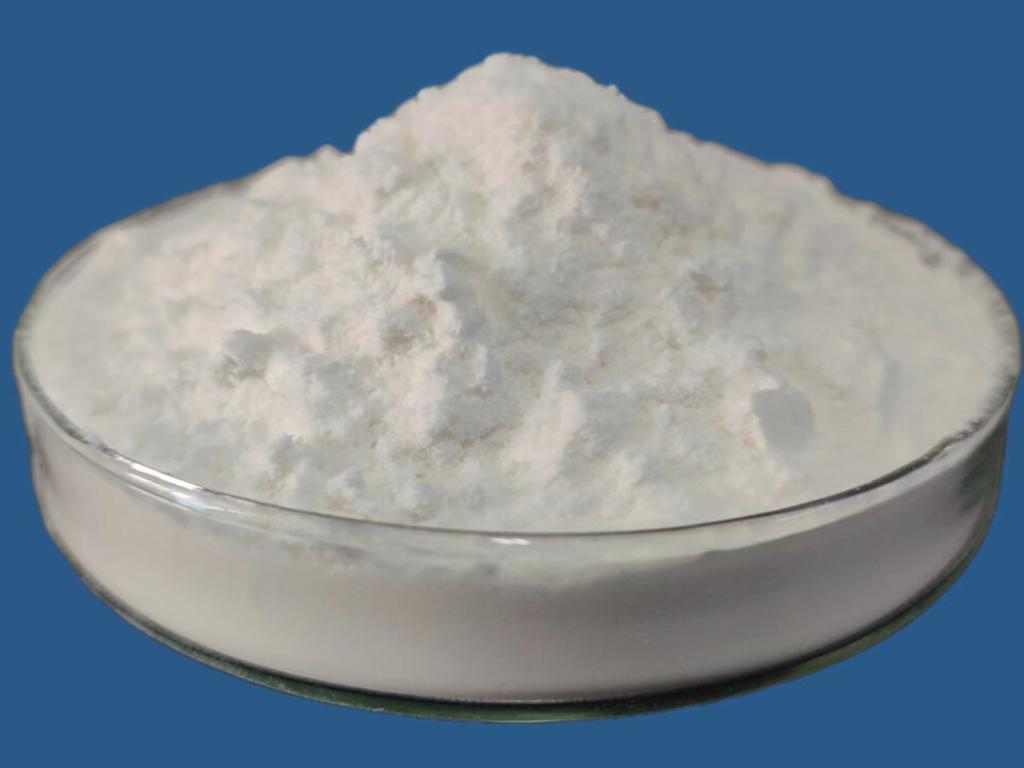Tel:0086 18231198596

News
Current Position:
Home >
News
>ε-Polylysine hydrochloride natural origin and low toxicity contribute to its appeal.
ε-Polylysine hydrochloride natural origin and low toxicity contribute to its appeal.
TIME:2024-03-20
Natural Origin of ε-Polylysine Hydrochloride:
ε-Polylysine hydrochloride is a natural polymer produced through fermentation processes using bacterial strains such as Streptomyces albulus or Corynebacterium glutamicum. These bacteria synthesize ε-polylysine as a defense mechanism against competing microorganisms, making it a naturally occurring compound with antimicrobial properties. Its origin from microbial fermentation distinguishes it from synthetic preservatives, aligning with consumer preferences for clean-label and minimally processed foods.
Low Toxicity and Safety Profile:
One of the key attributes that contribute to the appeal of ε-polylysine hydrochloride as a preservative is its low toxicity and favorable safety profile. Toxicological studies have demonstrated that ε-polylysine is non-toxic and well-tolerated by humans, with no evidence of genotoxic, carcinogenic, or teratogenic effects. Moreover, ε-polylysine is metabolized and excreted by the body without accumulating in tissues, further supporting its safety for use in food products. Its low toxicity profile makes it an attractive alternative to synthetic preservatives, which may raise concerns about potential health risks.
Antimicrobial Properties:
Despite its natural origin, ε-polylysine hydrochloride exhibits potent antimicrobial activity against a wide range of bacteria, fungi, and yeast. Its mechanism of action involves disrupting microbial cell membranes, leading to leakage of intracellular contents and eventual cell death. Moreover, ε-polylysine demonstrates efficacy against foodborne pathogens and spoilage organisms, making it an effective preservative for extending the shelf life of perishable foods. Its broad-spectrum antimicrobial activity enhances food safety without compromising taste, texture, or nutritional quality.
Applications in Food Preservation:
The versatility of ε-polylysine hydrochloride makes it suitable for a wide range of food preservation applications. It can be incorporated into various food matrices, including dairy products, meat and poultry, seafood, bakery items, and beverages. In dairy products such as cheese and yogurt, ε-polylysine inhibits the growth of spoilage bacteria and extends shelf life without altering flavor or texture. Similarly, in meat and poultry products, it helps prevent the growth of pathogens such as Salmonella and Listeria, enhancing food safety.
Challenges and Considerations:
While ε-polylysine hydrochloride offers numerous benefits as a preservative, its widespread adoption faces certain challenges and considerations. Regulatory requirements vary across regions, necessitating clear guidelines for its use in different food applications. Additionally, the stability of ε-polylysine in various food matrices and its potential interactions with other ingredients require careful consideration during product formulation. Furthermore, consumer awareness and acceptance of ε-polylysine as a preservative may influence its market penetration.
Future Prospects:
Looking ahead, the future of ε-polylysine hydrochloride in food preservation appears promising. Advances in biotechnology and formulation techniques may enhance the stability and efficacy of ε-polylysine in food products. Moreover, research into novel applications of ε-polylysine, such as encapsulation and controlled release systems, could further expand its utility in diverse food matrices. As consumer demand for natural and sustainable food options continues to grow, ε-polylysine is poised to play a significant role in shaping the future of food preservation.
Conclusion:
ε-Polylysine hydrochloride's natural origin, low toxicity, and potent antimicrobial properties make it a compelling choice for safe and sustainable food preservation. By harnessing the power of microbial fermentation, we can produce ε-polylysine from renewable sources while minimizing environmental impact. With its broad-spectrum antimicrobial activity and compatibility with diverse food matrices, ε-polylysine offers a versatile solution for extending the shelf life of perishable foods without compromising safety or quality. As we continue to innovate and optimize its applications, ε-polylysine has the potential to revolutionize the field of food preservation and meet the evolving needs of consumers for natural, clean-label products.

 CONTACT
CONTACT




